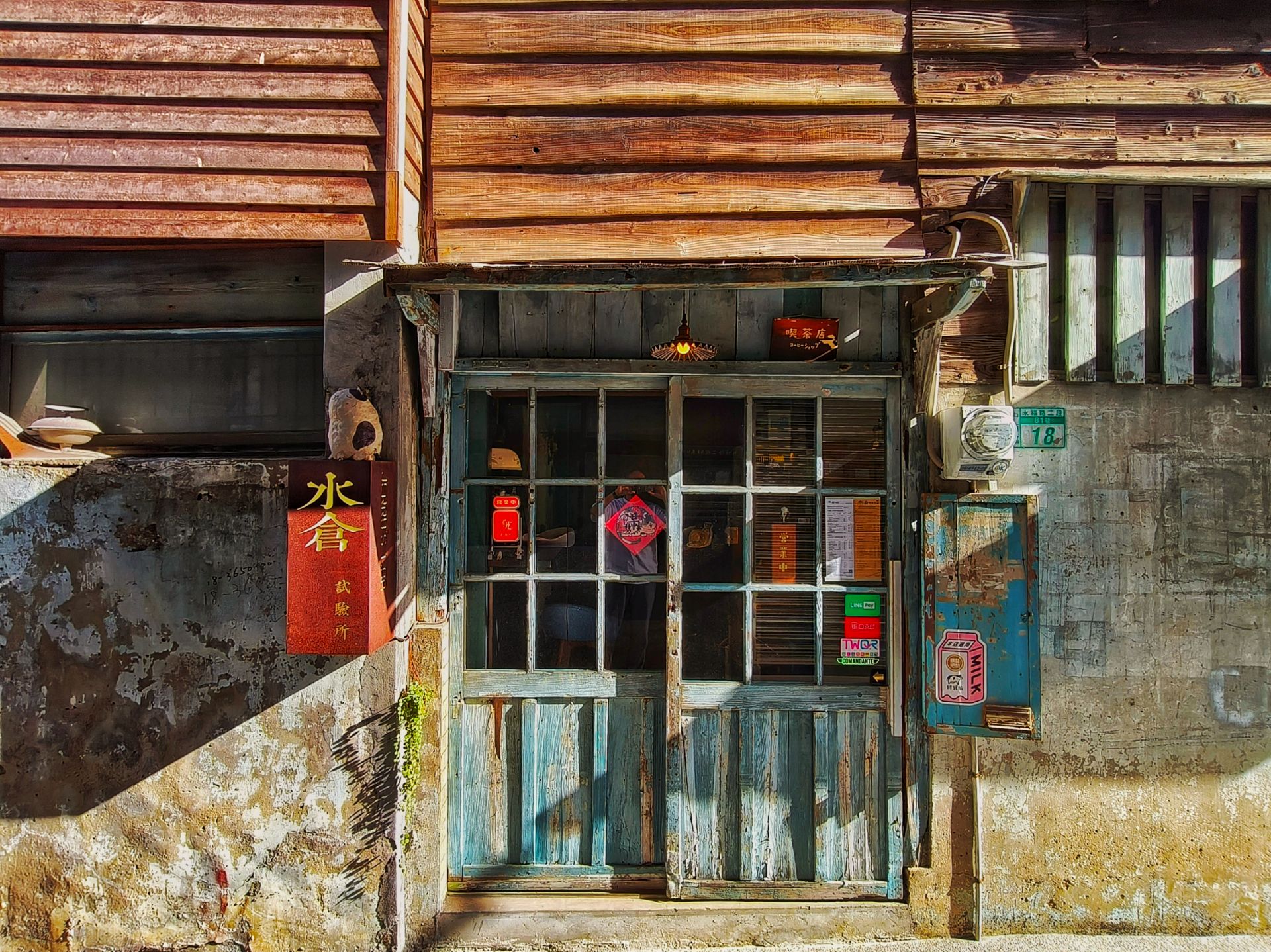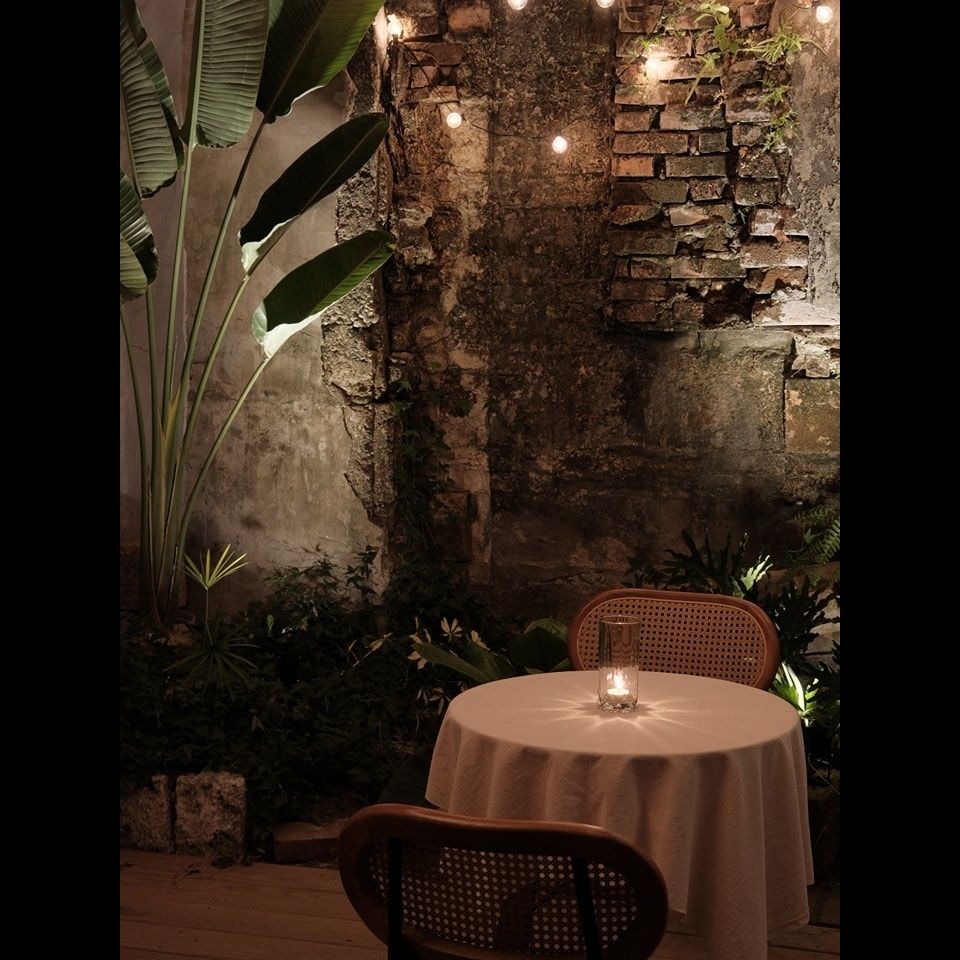空間展示
在台南府城的「蝸牛巷」入口,屹立著將近兩百年的老建物群——【水倉依舊】。這座張家古宅融合清、日、臺三時期的風格,是城市記憶的載體。大約十年前,因這棟古宅展開整修而進行深度田野調查,才有了「蝸牛巷」名稱的誕生。可以說,沒有這座古宅,就沒有今日的蝸牛巷。
在這片歷史空間裡,【水倉試驗所】應運而生。Jerry 以咖啡與茶為媒介,將繞口難懂的「平行風味描述」化為人人能感受的「垂直體驗」,以器皿與氛圍拆解風味層次。同時不定期舉辦陶瓷展會,以及茶與咖啡課程,讓文化交流在老宅持續發酵。
與此相鄰的【一可手作】,則以泰迪熊與袖珍編織承載日常療癒。德國 mohair、玻璃眼與古董布料,在細膩手作中化為陪伴的故事,並透過展會與課程傳遞至各地。
三者相互呼應:空間的歷史、風味的實驗、手作的溫度,共同編織出台南的當代生活美學。
At the entrance of Snail Alley (Guāniú Xiàng) in the heart of Tainan’s old city stands Jerry’s Mazehut Hostel, a heritage residence of the Zhang family that has endured for nearly 200 years. The house carries an unusual blend of Qing dynasty elegance, Japanese colonial austerity, and early Taiwanese modernism, making it both an architectural rarity and a vessel of the city’s memory. It was during the restoration work about 10 years ago that researchers uncovered stories of the neighborhood and coined the name Snail Alley. Without this house, the alley itself might never have existed.
From within these weathered walls, Jerry’s Lab Hut emerged as a space of flavor and experiment. Jerry approaches coffee and tea not as commodities but as languages. Instead of abstract “parallel flavor descriptions,” he designs “vertical experiences” that unfold through carefully chosen vessels and atmospheres. Workshops and seasonal ceramics exhibitions extend this dialogue, turning the old house into a living hub for cultural exchange.
Next door, eke selection brings a quieter but equally intimate practice: hand-crafted teddy bears and miniature knits. German mohair, glass eyes, and antique fabrics are transformed into companions, each with its own personality. These creations travel outward through classes and exhibitions, carrying stories of warmth and playfulness.
Together, the historic architecture, the laboratory of taste, and the craft of companionship weave a contemporary lifestyle aesthetic that could only belong to Tainan.





